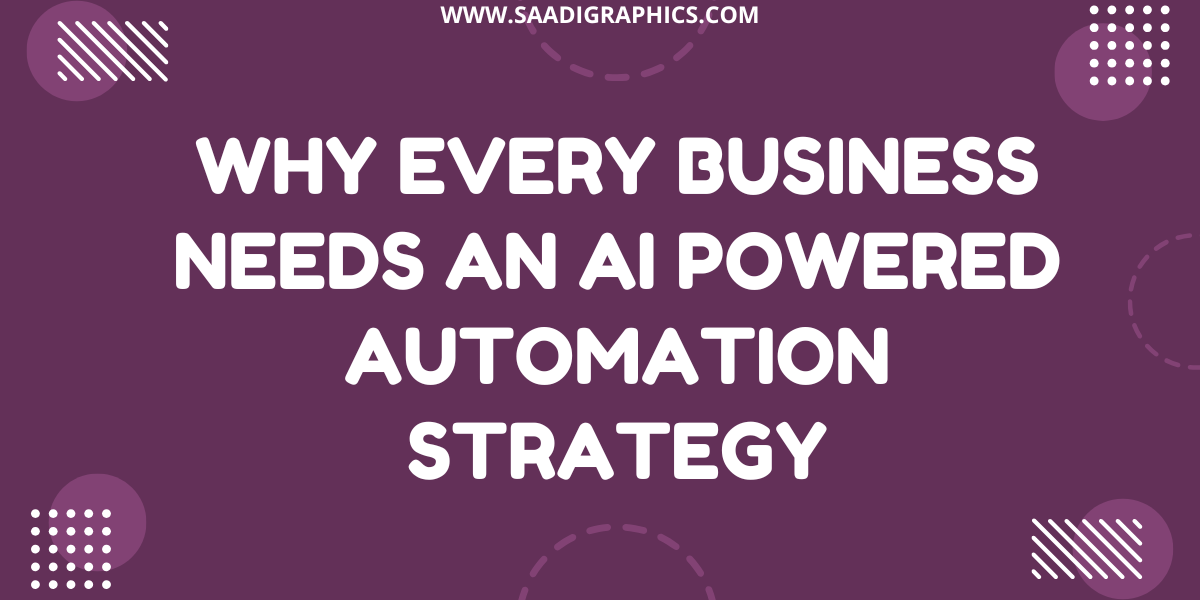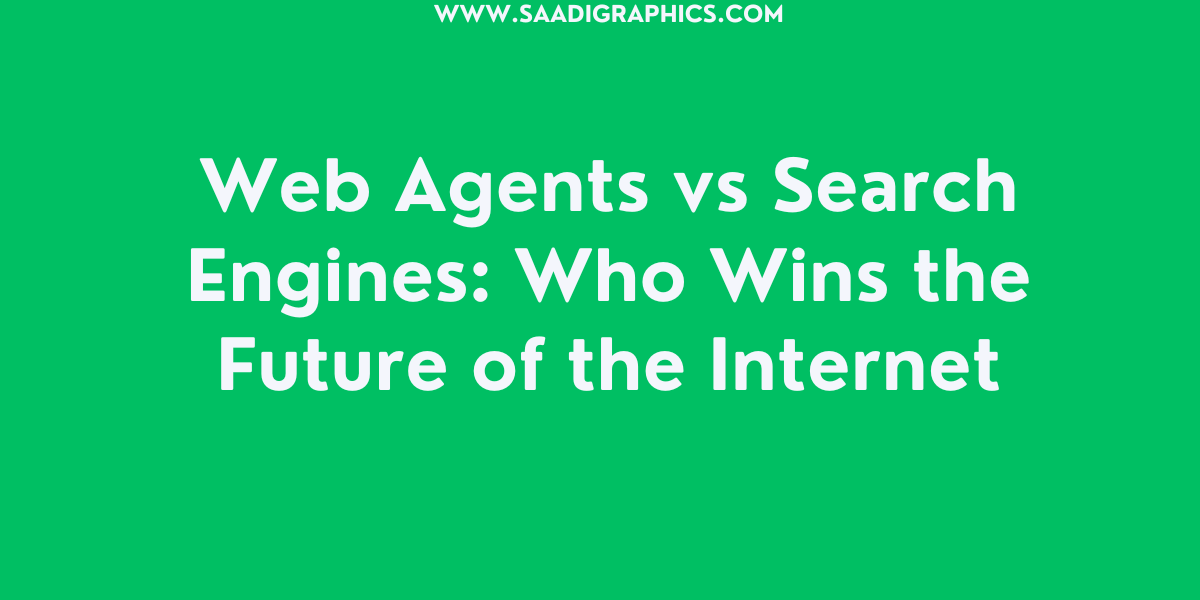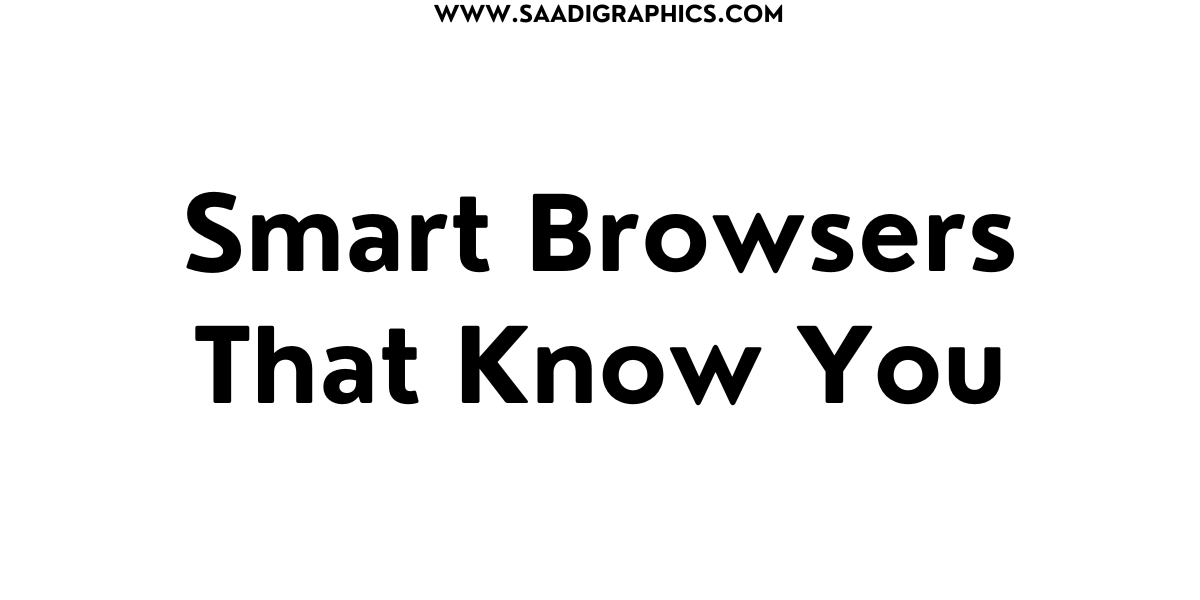The History of Robots – A Story I Could Almost Touch
There’s something strange about walking through a tech museum. The kind with glass panels, soft white lights, and quiet floors that echo every step. I remember standing in front of a glass case in a robotics gallery. Inside it stood a machine with steel arms and boxy joints. It didn’t move. It didn’t even power on. But I couldn’t look away. Something about it felt like I was standing in front of history. Not the kind written in books, but the kind that changes how people live.
That’s how I started digging into the history of robots. Not as a scientist, not as a tech nerd, just someone genuinely curious. And what I found was more than machines. It was a timeline filled with dreams, warnings, inventions, and imagination.
Let me walk you through it. Like we’re just two friends talking about how we got from ancient myths to robots that now make coffee and hold conversations.
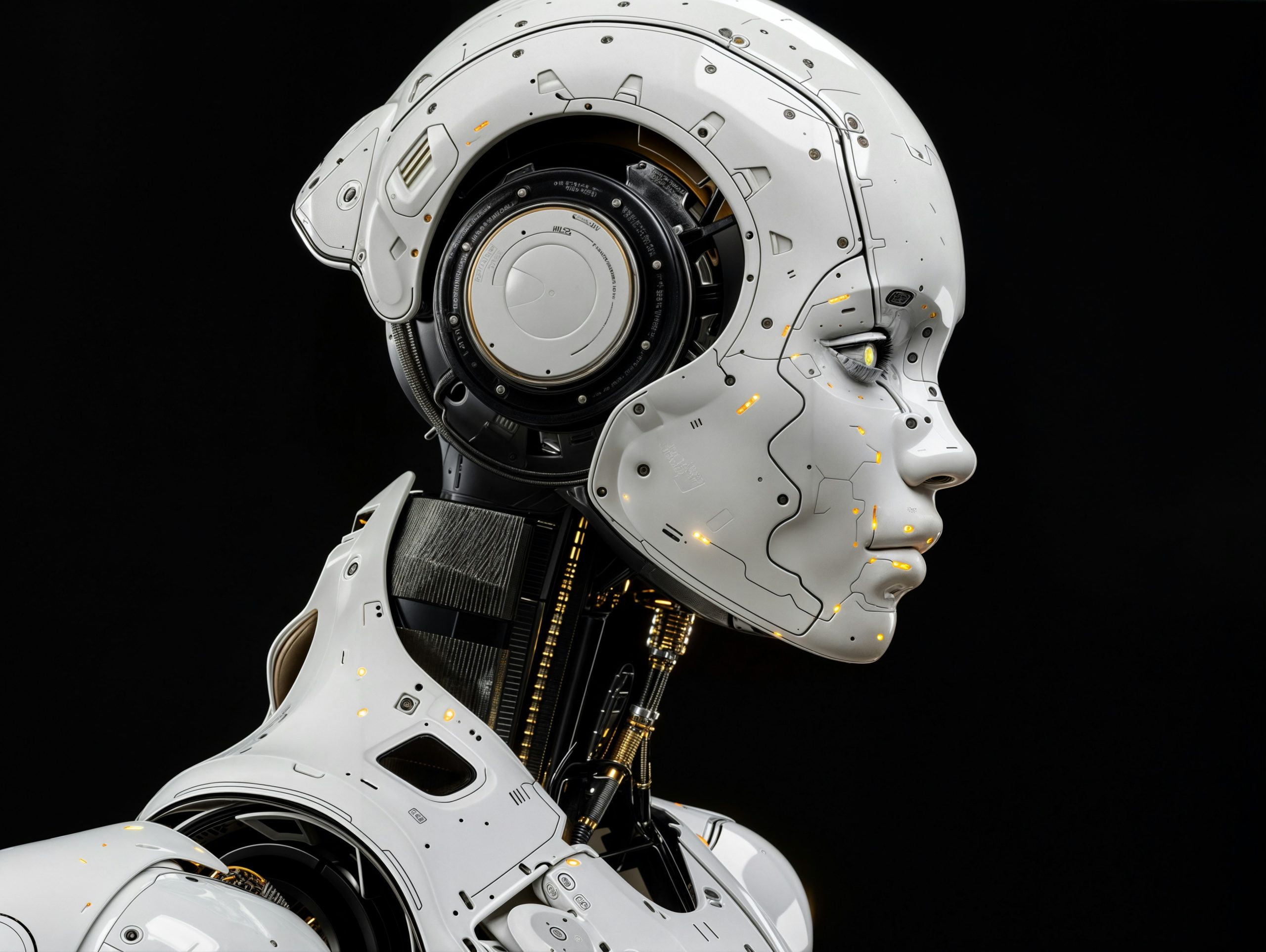
Ancient Beginnings – Where It All Started
Long before the word “robot” existed, humans were already thinking about artificial beings. In ancient Greece, there were stories about mechanical servants. The one that stuck with me the most was Talos. He was described as a massive bronze man who protected the island of Crete by throwing boulders at invaders. According to legend, he had a single vein running through his body filled with something like ichor, the life force of the gods. It’s wild to think people over 2,000 years ago were already imagining life-like machines.
I stood once in Athens near the ruins, trying to picture what it must’ve been like back then. Dusty roads, people in robes, and stories being passed around about bronze giants and artificial helpers. The desire to create something in our own image isn’t new. It’s as old as storytelling itself.
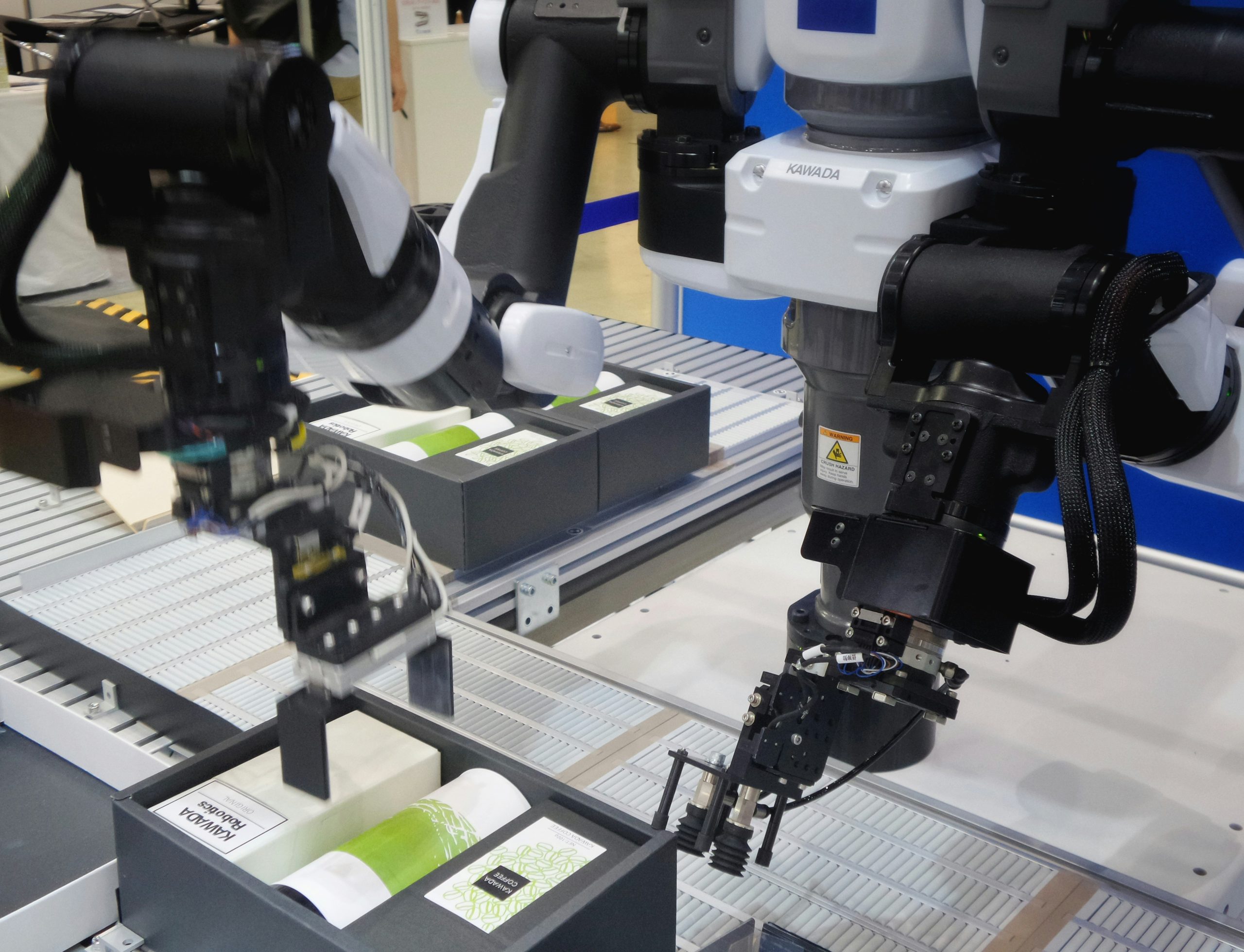
The First Mechanical Inventions
Around the 1st century AD, a man named Hero of Alexandria started turning imagination into mechanics. He built devices powered by steam and air. One of his creations could open temple doors automatically when a fire was lit on an altar. For people at that time, it must have seemed like magic.
These inventions weren’t robots the way we know them today. But they were the start. They proved that you could design a machine to react to the world. That you could give an object the illusion of life.
When I first read about Hero’s work, I remember thinking, “This guy was 2,000 years ahead of his time.” If I could time travel, I’d sit down with him and just ask, “How did you think of this?”
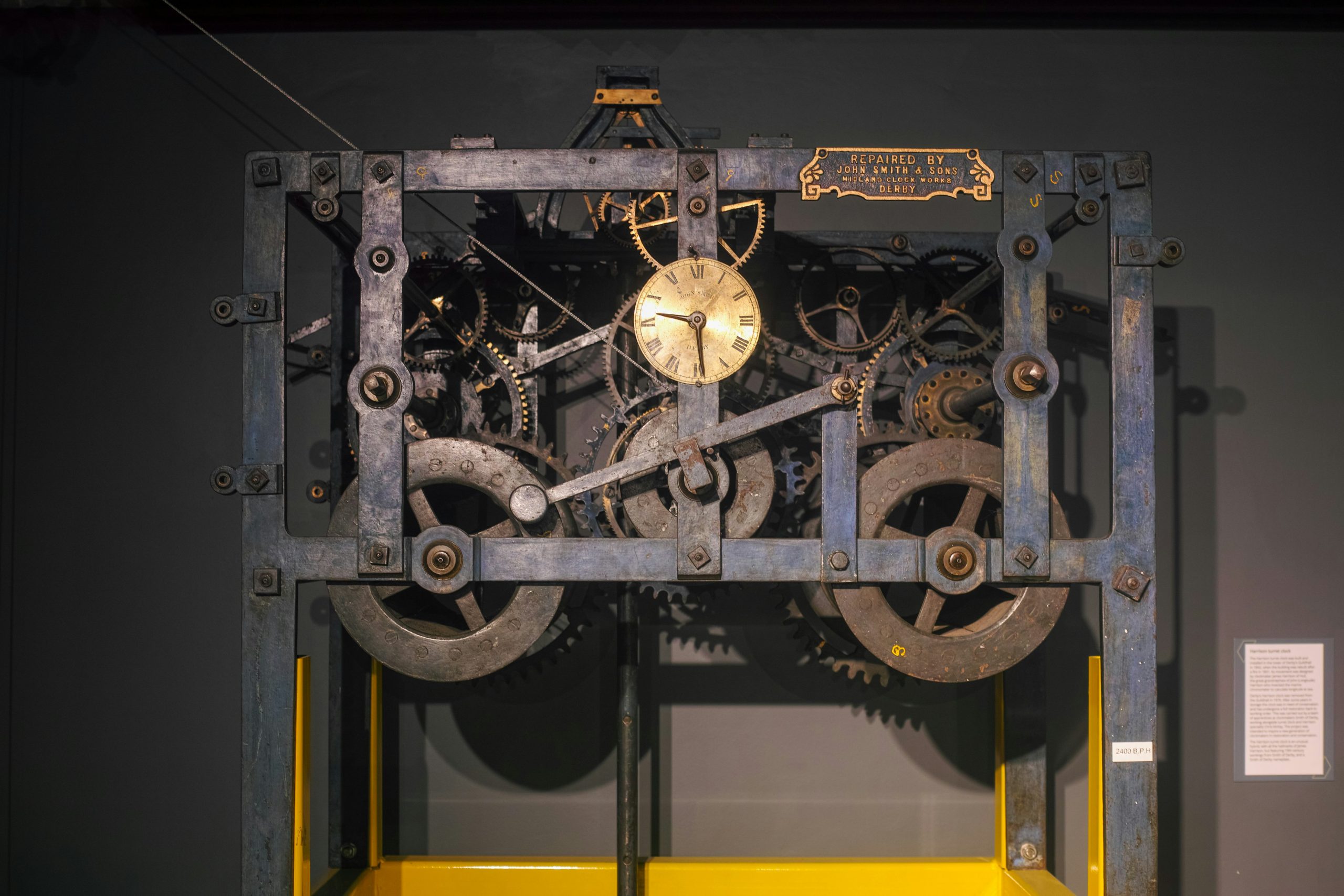
The Age of Automation – Industry Meets Machines
Fast forward to the 18th and 19th centuries. This was the era of the Industrial Revolution. Machines took over textile mills, ironworks, and farms. Steam engines powered factories, and gears became the heartbeat of modern cities.
In this period, the focus wasn’t on robots with faces or personalities. It was about making work faster, more efficient, and cheaper. Machines didn’t need to look like humans. They just needed to replace them.
I’ve been to old textile factories turned into museums in the UK. The moment you walk in, you can still smell the iron. The machines are massive, loud, and powerful. Standing next to them, you understand why people both admired and feared automation.
The Birth of the Word “Robot”
In 1920, a Czech writer named Karel Čapek introduced the world to the term “robot” in his play R.U.R. (Rossum’s Universal Robots). The “robots” in the story were not made of metal. They were more like artificial humans, created in a lab to serve people. And like all great science fiction, it ended with the robots rebelling.
The word “robot” came from “robota,” which means forced labor in Czech. It was a word born from the fear of machines taking over human roles. Not much has changed, has it?
I read the play during a train ride once. Even though it was written over a hundred years ago, the message felt current. When you give something the power to serve without question, what happens when it starts to question?
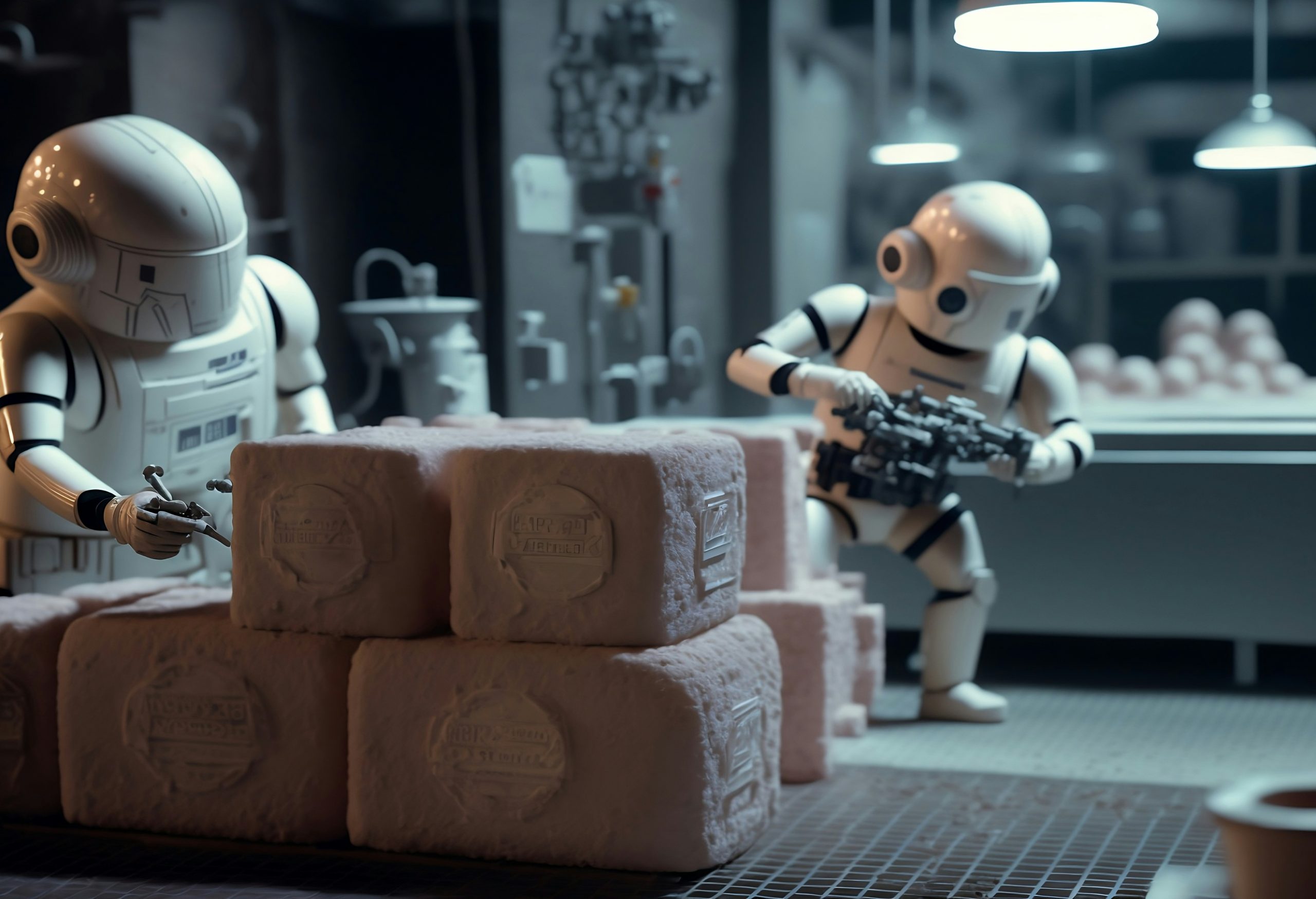
The First True Robot – Unimate
We entered a new chapter in 1961. That’s when the first industrial robot, named Unimate, was installed at a General Motors factory in New Jersey. It was a robotic arm, designed to move hot metal pieces that were too dangerous for humans to handle.
The first time I saw a video of Unimate at work, I couldn’t help but smile. It wasn’t graceful, but it got the job done. That’s what mattered. It didn’t talk. It didn’t walk. But it changed the world.
Factories across the globe soon started using robots. It wasn’t science fiction anymore. It was real life.
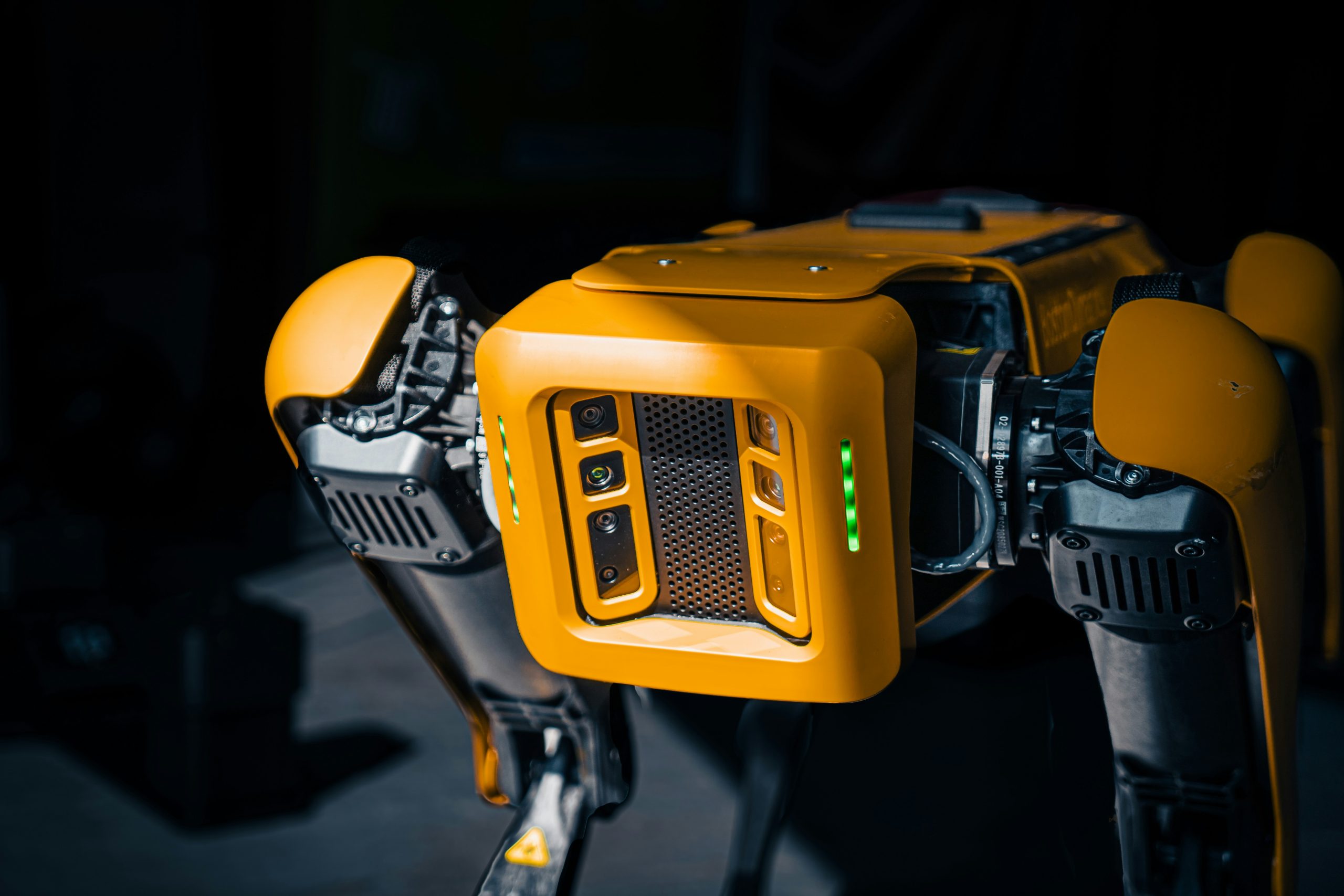
The Smartening of Machines – 1970s to 1990s
In the following decades, robots got brains. Companies and universities began building robots that could see, feel, and respond. Shakey the Robot, developed in the 1970s, could navigate rooms and avoid obstacles. It was slow. It was clumsy. But it was learning.
Then came robots that could walk. Honda’s ASIMO in the late 90s looked like a little astronaut. It could walk, climb stairs, and wave. When I saw ASIMO in a live demo in Tokyo, it felt surreal. Like watching a kid in a metal suit learning to navigate the world.
This era was about more than engineering. It was about making robots understand and interact with the world, not just repeat commands.
The 2000s – Robots in Our Homes
Robots stopped being exclusive to labs and factories. They entered our homes. I remember the first time I saw a Roomba clean a room. It wasn’t perfect, but it felt like having a little helper quietly rolling around.
Robots also started helping in hospitals. Surgical robots began assisting in complex procedures. In one hospital I visited in Boston, a robotic arm helped perform a delicate spinal surgery. The precision was unmatched. It felt like we had reached a new level of partnership between human and machine.
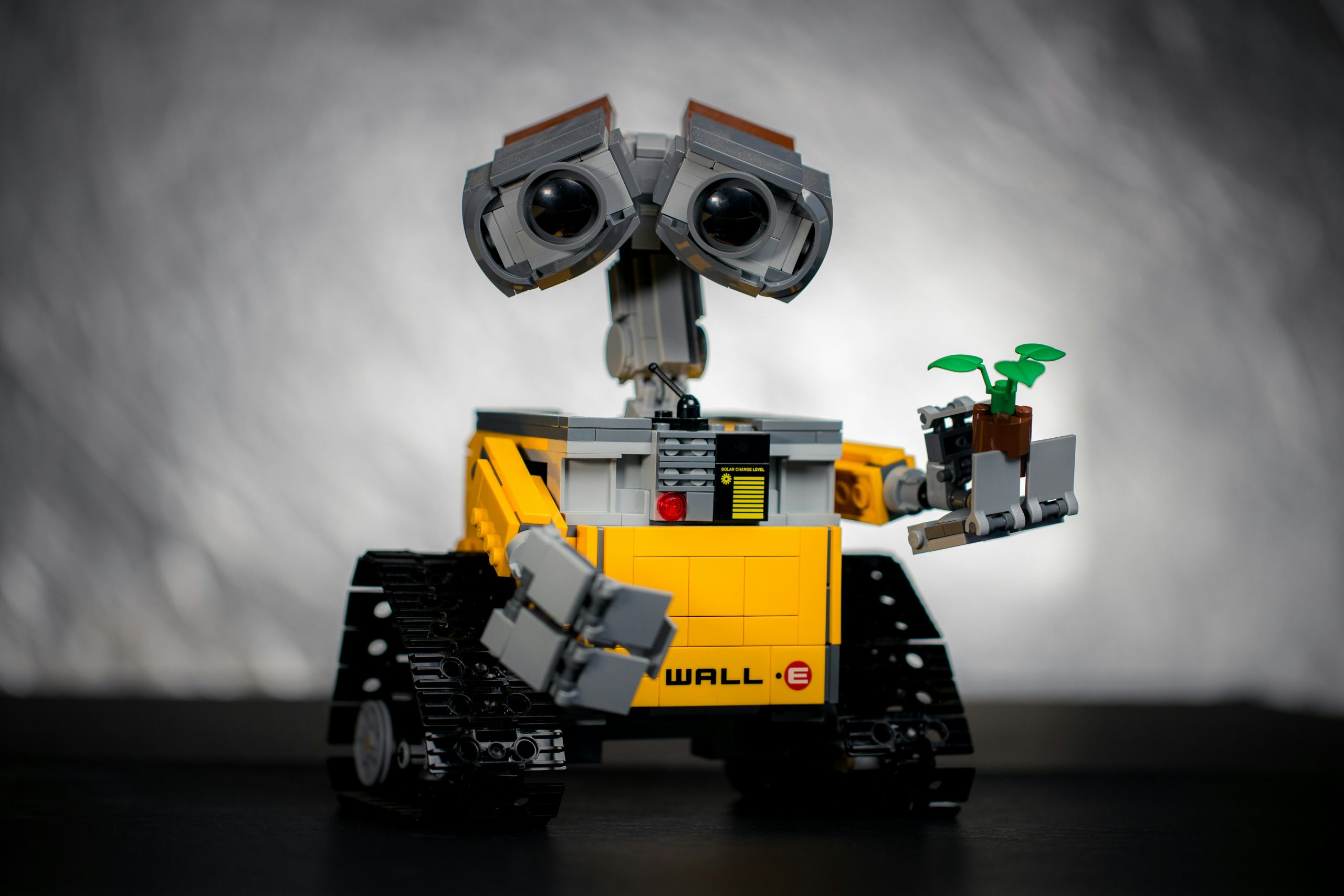
The Rise of AI – Robots That Understand
From 2010 onwards, something big changed. Robots weren’t just doing things anymore. They were understanding things.
Sophia, the humanoid robot, gave public speeches. She made jokes. She responded to questions like she was in a conversation. Self-driving cars became a reality. AI was learning language, emotion, decision-making.
At a tech conference I attended in 2019, I met a customer service robot that could read facial expressions and respond accordingly. When I smiled, it smiled back. Not just because it was programmed to, but because it recognized the emotion.
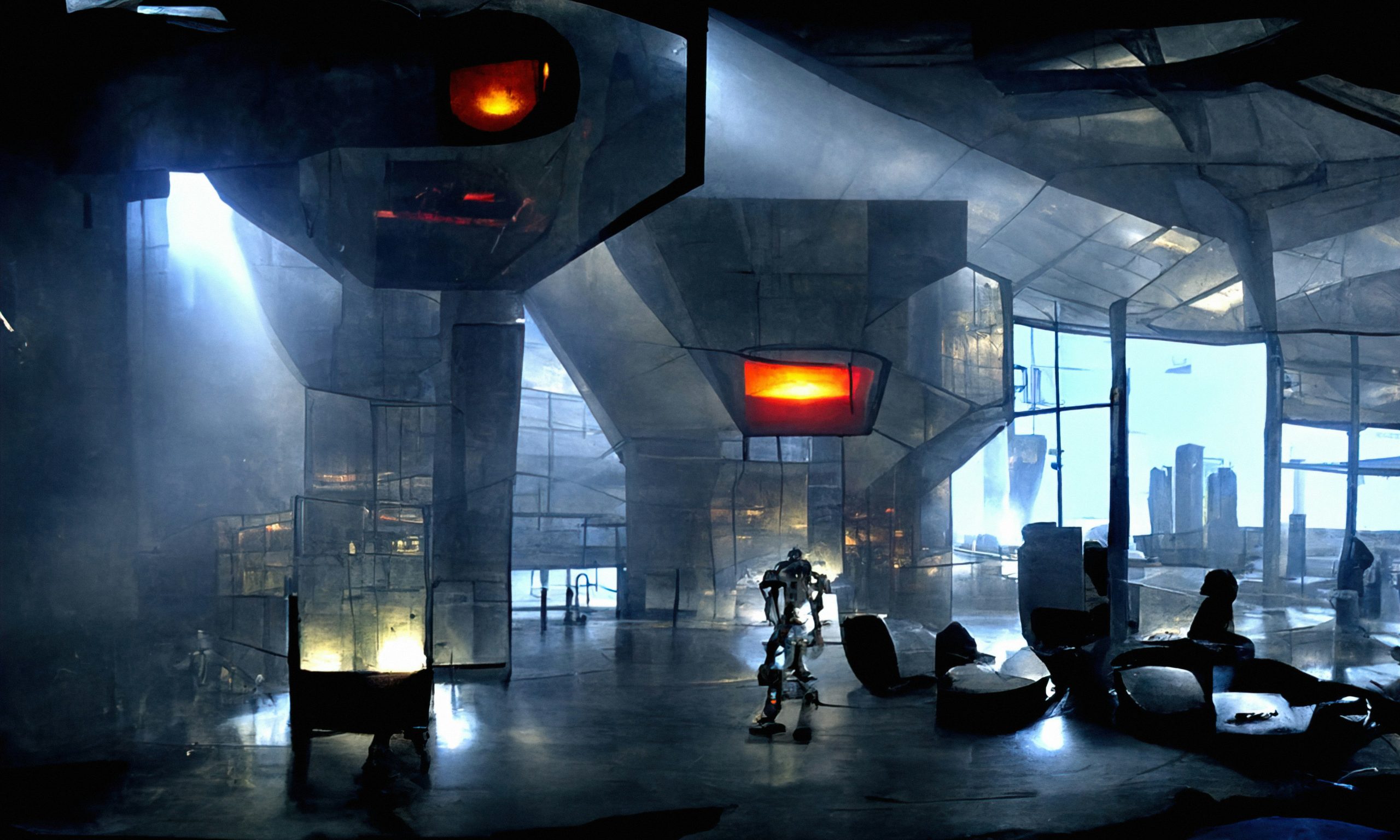
The Present and What’s Next
Today, robots are everywhere. Drones deliver packages. AI chatbots book appointments. Smart assistants like Alexa and Siri live in our homes. Robotic pets comfort seniors. Machines write code, paint pictures, even compose music.
But here’s the thing. Even with all this technology, I still believe robots are tools. Not replacements. They’re here to help, not to take over.
As we move forward, the question is no longer “Can we build it?” but “Should we?” That’s the challenge. That’s the responsibility.

